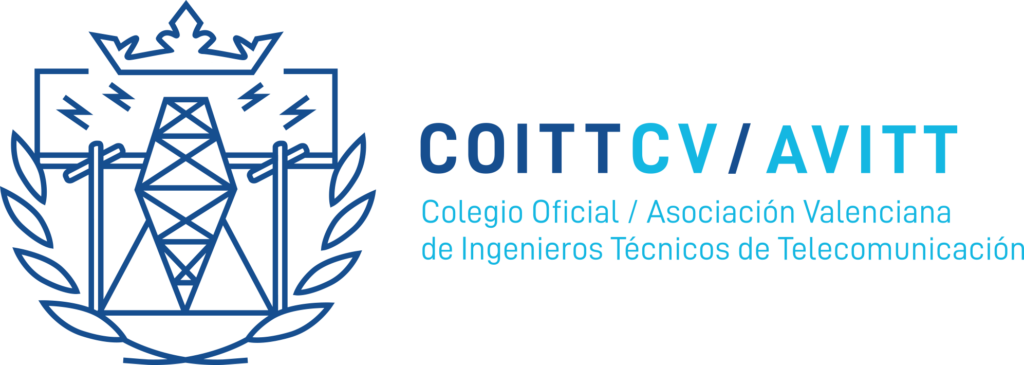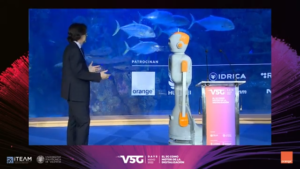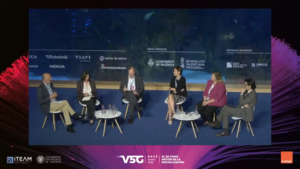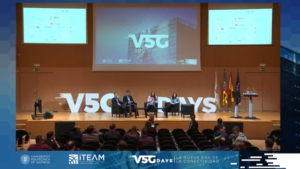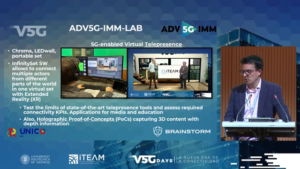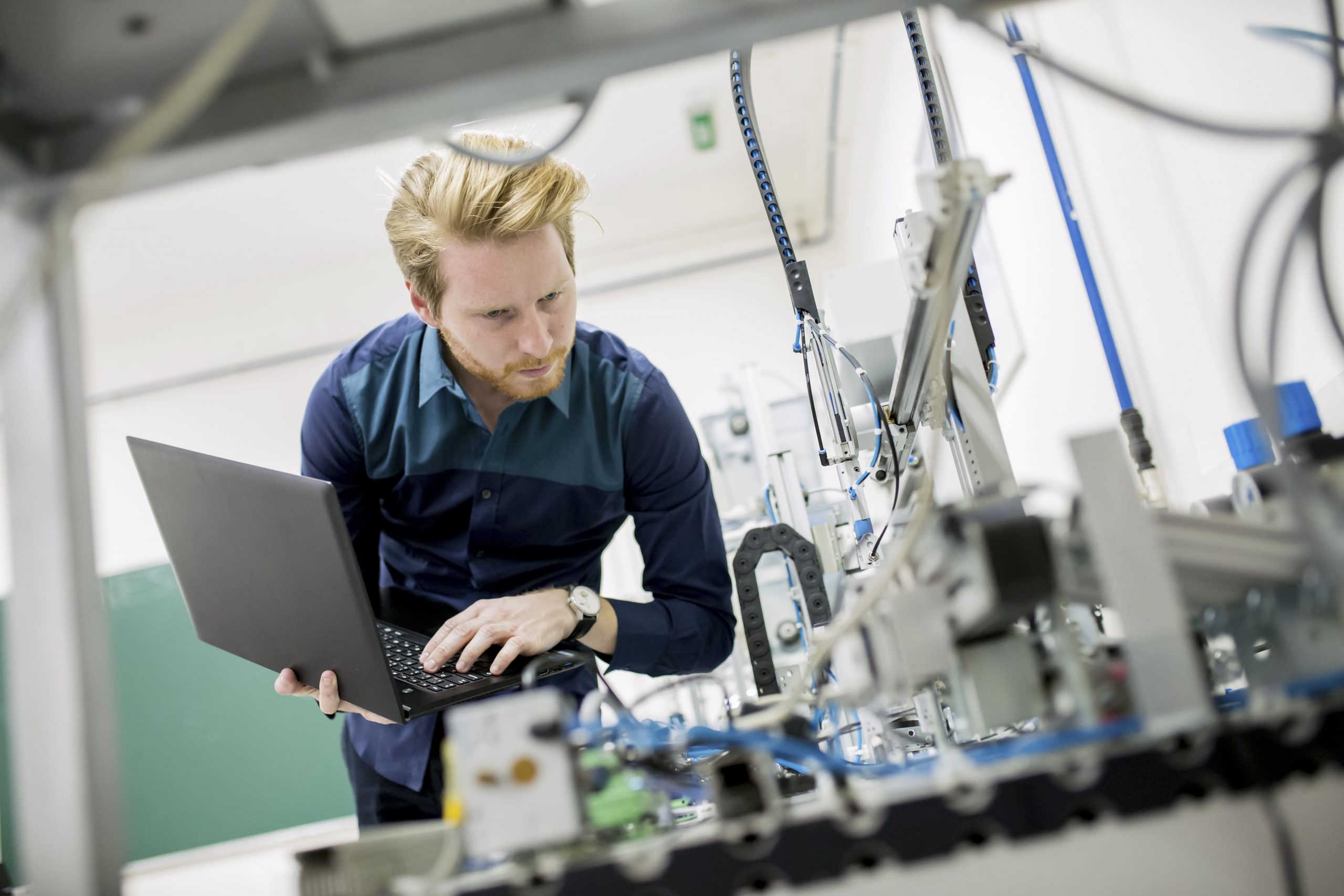THE PILLARS OF NEXT GENERATION NETWORKS
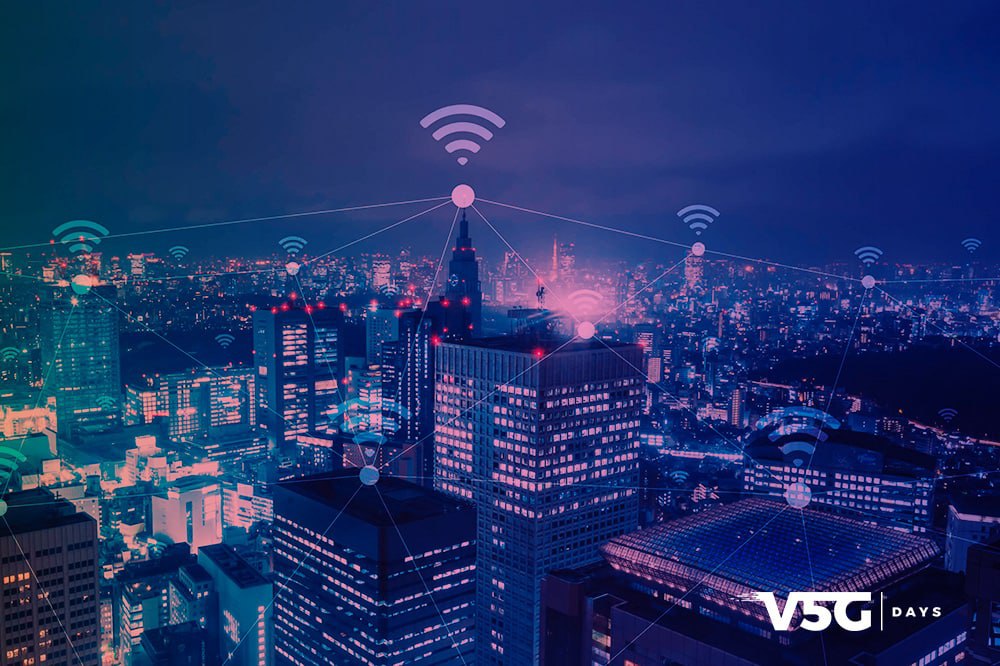
WHY V5G DAYS?
The IV edition of V5GDays is here! Through discussions and workshops, industry leaders, experts in technology and science will discuss the challenges of 6G, the evolution of 5G and how Next Generation Networks (NGNs) will envolve. A great opportunity to understand the technological and industrial vision that will pave the way towards 6G.
This 2025 edition will be a hybrid event, with speakers and attendees present on the Main Stage at Base 1 in Marina Valencia and via streaming.
The content of the V5G-Days will be bilingual (English/Spanish) and will include keynotes, panels on Connected Cities of the Future and Non Terrestrial Networks for Global Coverage and Resilient Communications, as well as a Workshop on Artificial Intelligence Networking Towards 6G.
Admission is free and includes access to the three technical blocks and a networking session.

PROGRAM
9:00 Welcome to participants
9:15 Opening:
Teresa Riesgo, Secretaria Gral. de Innovación , Ministerio de Ciencia, Innovación y Universidades (MICIU)
Rafael Sebastián, Dir. Gral. de Ciencia e Investigación, Generalitat Valenciana
Belén Picó Sirvent, Vicerrectorado de Investigación, UPV
BLOCK I. WORKSHOP ON ARTIFICIAL INTELLIGENCE NETWORKING. Towards 6G
10:10 Keynote: Advances in AI and its Impact to 6G. Dr. Wen Tong, CTO Huawei Wireless
10:35 Invited talk: 6G Enabling Technologies towards Digital Twins for Connected and Automated Mobility on Roads. Francisco Vazquez-Gallego, V2X Research Line Manager, I2CAT
11:00 Coffe Break
11:20 One6G Association presentation
11:30 Invited talk: Agentic-AI based Next Generation Mobile Core Network Architecture. Xueli An, Huawei
12:05 Invited talk: On the way to AI-native network management, Josep Mangues, CTTC
12:35 Invited Talk: Efficient Network Automation with AI Agents. Javier Grau, CTO, Kenmei Technologies
12:50 PANEL “AI for future Communication Networks”
Discussion: KEY QUESTIONS FOR INDUSTRIAL APPLICATION of AI in 5G and 6G. Panelists:
Vicent Soler, CEO, Kenmei Technologies
Lydia Alcalde, Vodafone
David López, Distinguished Researcher, iTEAM-UPV
Xueli An, Huawei Technologies
Moderator: Karina Victoria, Cámara de Comercio13:45 Lunch Break (standing buffet served at the venue)
14:45 Invited talk: Channel Compression in 6G massive MIMO channels. Prof. Jose Monserrat, Vicerrector Internacionalización y Comunicación, iTEAM-UPV
15:10 Invited talk: Dynamic Digital Twins for AI RAN modelling. Prof. Narcis Cardona, iTEAM-UPV
15:35 Invited talk: The role of SMEs in the 6G-IA and HE ecosystem, Jessica Carneiro, Australo
16:05 Closing Keynote: Integrated Microwave Photonics; a fruitful collaboration between Huawei and ITEAM institute, Prof. Jose Capmany, CIO, iPRONICS
17:00 Networking Session

PROGRAM
BLOCK II. CONNECTED CITIES OF THE FUTURE
9:15 Keynote: CITCOMAI. La Inteligencia Artificial en las Ciudades Conectadas del Futuro. Prof. Vicente Botti, Director, VRAIN, VALGRAI
9:45 Invited talk: METACITIES. Marios Nicolaou, p-NET, Greece
10:15 PANEL “Ciudades del Futuro”
Panelists:
Fernando Saludes, CEO, Ind Saludes
Jose Manuel Plaza, Telefónica
Victor Badorrey, Public Administration Business Development Director, Libelium
Moderator: Empar Martínez, Gral Manager, FEMEVAL
11:15 Coffee Break
BLOCK III. NON TERRESTRIAL NETWORKS FOR GLOBAL COVERAGE AND RESILIENT COMMUNICATIONS
11:40Invited Talk: 5G-NTN, The Satellite (R)evolution, Jose Luis Alcolea, 5G Strategy Manager, HISPASAT
12:10PANEL: “5G for resilient, global and emergency communications”
Panelists:
Paul Harris, CTO Office, VIAVI Solutions, «Testing the Non-Terrestrial»
Andrés Herranz, Direrctor Mid-Corporate AAPP, Orange, «Solución de red privada 5G para servicios de seguridad pública»
Antonio Ramírez, Project Manager, ISTEC Digital
Serafín Doblado, Head of Technology Area, 112 Extremadura
Jose Luis Alcolea, 5G Strategy Manager, HISPASAT
12:50PANEL Discussion:
Moderator: Karina Virrueta, Agente del Ecosistema de emprendimiento e Innovación
13:45Closing remarks by:
Silvia Rueda, Directora de la Unidad de Mujeres y Ciencia, MICIU
Salvador Coll, Vicerrector de Innovación y Transferencia de la UPV
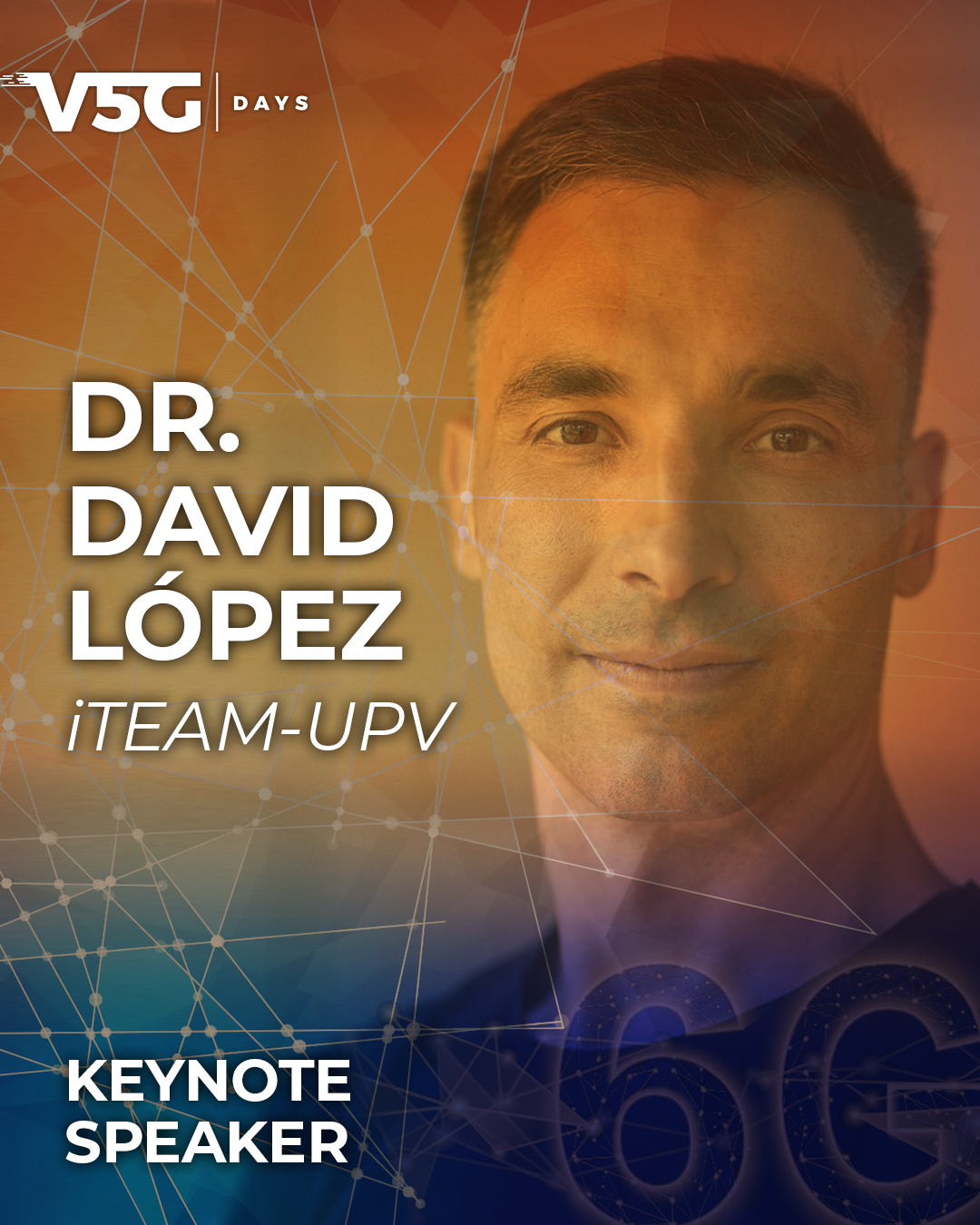
KEYNOTE: What Industrial 6G will be?
Dr. DAVID LÓPEZ
Distinguished Researcher, iTEAM-UPV
Dr. David López-Pérez is a Distinguished Researcher at the Universitat Politècnica de València, specializing in wireless communications. With experience at Nokia Bell Labs and Huawei, he has worked on small cells, ultra-dense networks, Wi-Fi 7, and AI-driven network optimization. He has published over 171 papers, filed 60 patents, and received prestigious awards like the IEEE ComSoc Best Young Professional in Industry Award. His research focuses on 6G, non-terrestrial networks, drone communications, and energy-efficient networking. He has led interdisciplinary teams and contributed to major industry projects and IEEE publications.
Abstract: The sixth generation (6G) of mobile networks promises to revolutionize wireless communications through new use cases, advanced architectures, and AI-driven operations. However, history shows that not all proposed technologies achieve widespread adoption. This talk critically examines which 6G innovations are likely to be deployed and which may face challenges, drawing insights from 5G’s successes and limitations. While massive MIMO, network slicing, and URLLC have been successfully integrated into commercial 5G networks, mmWave has struggled due to cost, energy efficiency, and propagation constraints, and it is not the only feature facing adoption challenges.
In the second part, focusing on centimeter-wave (cmWave) frequencies -probably the key feature-, this keynote presents performance insights from recent 6G research. Strategic upper mid-band (FR3) deployments have demonstrated median user rates of 300 Mbps and peak rates exceeding 1 Gbps, significantly outperforming 5G. These improvements stem from wider bandwidth, advanced massive MIMO, and optimized beamforming. However, these gains come with trade-offs—6G increases power consumption by up to 33% compared to 5G, emphasizing the need for energy-efficient hardware, smarter spectrum utilization, and AI-driven optimization to balance performance with sustainability.
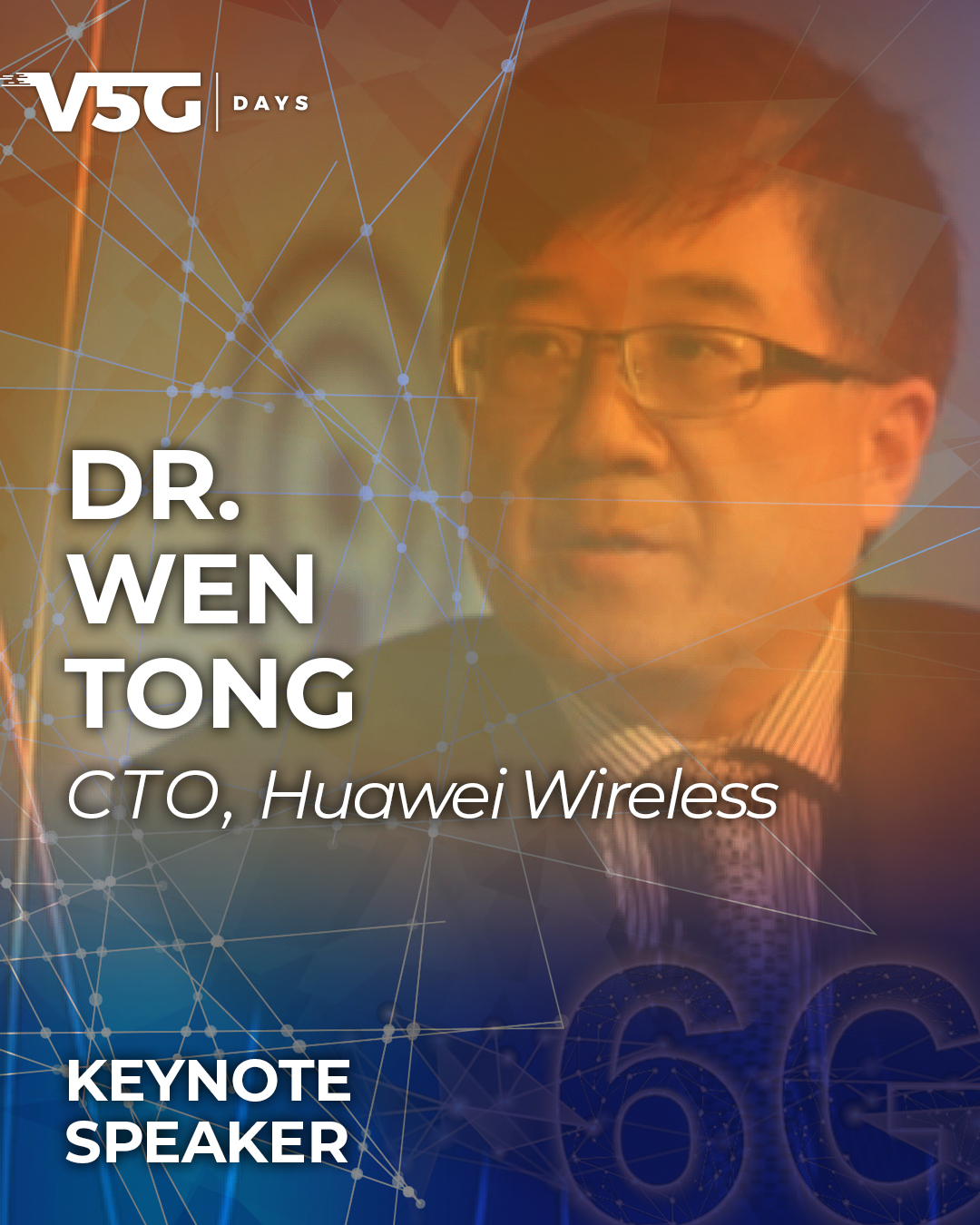
KEYNOTE: Advances in AI and its Impact to 6G
Dr. WEN TONG
CTO, Huawei Wireless
Dr. Wen Tong is the CTO, Huawei Wireless. He is the head of Huawei wireless research. In 2011, Dr. Tong was appointed the Head of Communications Technologies Labs of Huawei, currently, he is the Huawei 5G chief scientist and led Huawei’s 10-year-long 5G wireless technologies research and development.
Prior to joining Huawei in 2009, Dr. Tong was the Nortel Fellow and head of the Network Technology Labs at Nortel. He joined the Wireless Technology Labs at Bell Northern Research in 1995 in Canada.
Dr. Tong is the industry recognized leader in invention of advanced wireless technologies, Dr. Tong was elected as a Huawei Fellow and an IEEE Fellow. He was the recipient of IEEE Communications Society Industry Innovation Award in 2014, and IEEE Communications Society Distinguished Industry Leader Award for “pioneering technical contributions and leadership in the mobile communications industry and innovation in 5G mobile communications technology” in 2018. He is also the recipient of R.A. Fessenden Medal. For the past three decades, he had pioneered fundamental technologies from 1G to 5G wireless with more than 530 awarded US patents.
Dr. Tong is a Fellow of Canadian Academy of Engineering, and he serves as Board of Director of Wi-Fi Alliance.
Abstract: The AI revolution drives the creation of the superintelligence in digital world and the general-purpose humanoid robot to the physical world, especially to the consumer market. to deliver either digital-intelligence or the physical-intelligence at anytime and anywhere, this is the mission for 6G wireless. In this talk, we present the current status and issues for the physical-intelligence, and the fusion of digital-intelligence with physical-intelligence on the 6G wireless platform, this is not a simple computing task, such a fusion need to combine the connectivity, sensing, mobility and action-execution on the radio interface, and therefore, this will be a dominant factor to shape 6G design, therefore to transform the 6G-RAN and A-RAN.
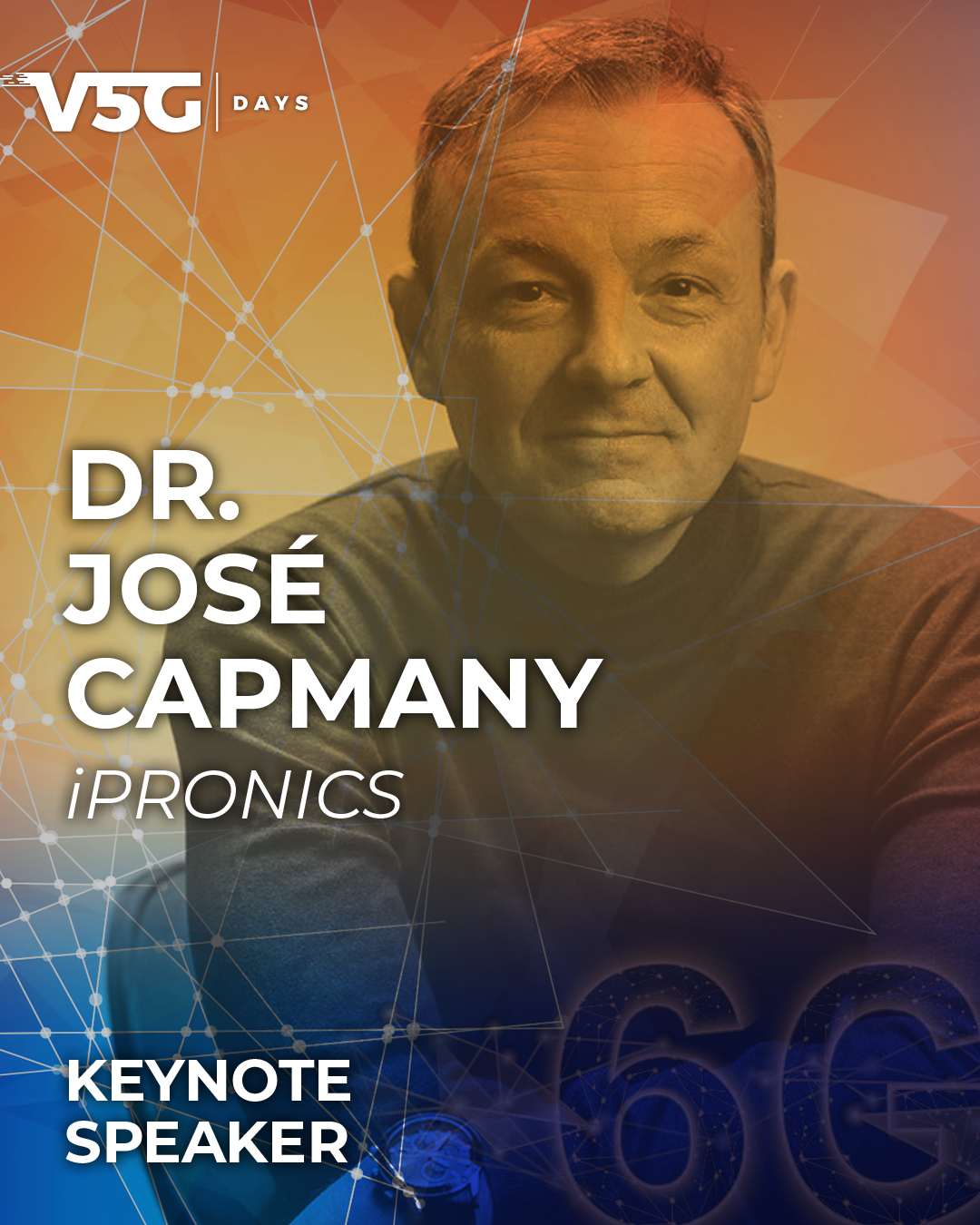
KEYNOTE: Integrated Microwave Photonics: a fruitful collaboration between Huawei and ITEAM Institute
Prof. Dr. Dr. José Capmany
Co-Founder iPRONICS
Prof. Dr. Dr. José Capmany is a Full Professor in Photonics and leader of the Photonics Research Labs (www.prl.upv.es) at the institute of Telecommunications and Multimedia Applications (www.iteam.upv.es), Universitat Politècnica de Valencia, Spain. He holds BSc+MSc degrees and doctorates in Electrical Engineering and Physics.
He has published over 650 papers in international refereed journals and conferences and has been a member of the Technical Program Committees of the European Conference on Optical Communications (ECOC), the Optical Fiber Conference (OFC). He is a Fellow of the Optical Society of America (OSA) and the Institute of Electrical and Electronics Engineers (IEEE. He is also a founder and chief innovation officer of the spin-off companies VLC Photonics (acquired by Hitachi in 2020) dedicated to the design of photonic integrated circuits and iPronics (www.ipronics.com) dedicated to programmable photonics.
Professor Capmany is the 2012 King James I Prize Laureate on novel technologies and the National Research Award in Engineering 2020, the two highest scientific distinctions in Spain, for his outstanding contributions to the field of microwave photonics. He has also received the Engineering Achievement Award from the IEEE Photonics Society and the Innovation Prize from the Royal Society of Physics in Sapin. He is a double ERC Advanced and a double Proof of Concept grantee and was a distinguished lecturer of the IEEE Photonics Society for the 2013-14 term. Associate Editor of IEEE Photonics Technology Letters (2010-2016) and the IEEE Journal of Lightwave Technology (2016-2018). He served as Editor in Chief of the IEEE Journal of Selected Topics in Quantum Electronics from 2018 to 2022. In 2025 he has been elected a member of the Royal Academy of Engineering of Spain.
Abstract: In this talk, I will address the area of integrated microwave photonics, describe someof its basic operation principles, and illustrate how thistechnology can be useful to overcomeseveral limitations of 5/6G communication systems. I will describe as well some of the salientresults obtained from the joint collaboration of Huawei and ITEAM-UPV
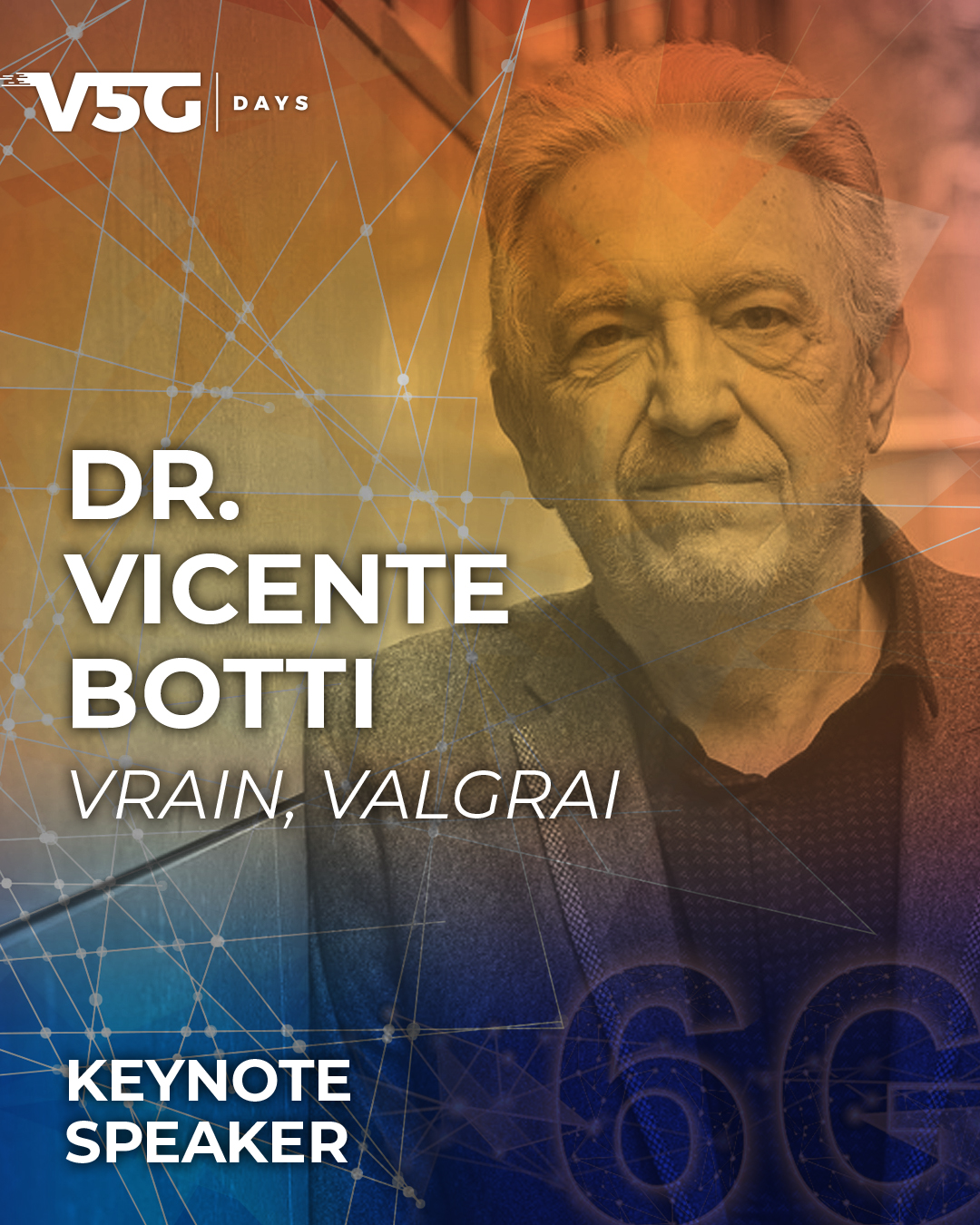
KEYNOTE: CITCOMAI. Applying AI to the Connected Cities of the Future.
Prof. VICENTE BOTTI
Director, VRAIN, VALGRAI
Dr. Vicente Botti es Catedrático en la UPV y Director del Instituto Valenciano de Investigación en IA (VRAIN). Pionero en IA, Sistemas Multiagente y Tecnologías de Acuerdo en Europa, ha liderado más de 80 proyectos de investigación y dirigido 24 tesis doctorales. Cuenta con más de 400 publicaciones y ha desarrollado tecnologías transferidas a empresas. Ha recibido premios como el Sapiens 2019 y el Premio Nacional de Informática 2018. Es miembro destacado de sociedades científicas y ha ocupado cargos institucionales clave en la UPV y en asociaciones europeas de IA.
Abstract: AI is transforming cities into more efficient and liveable environments, but its success will depend on balancing innovation with ethics, inclusion and transparency. Collaboration between governments, businesses and citizens is key to building cities that are not only ‘smart’, but also humane and resilient. The cities of the future, driven by artificial intelligence (AI), will seek to optimise resources, improve quality of life and ensure sustainability. The combination of 5G and artificial intelligence (AI) in smart cities has great potential to transform the way urban areas function, as there are many key applications, challenges and trends that the collaboration of these two technologies will produce in the cities of the future, including: smart data management, urban mobility, sustainable energy, public safety, environment, urban planning, citizen services, circular economy, etc.
V5G DAYS
Previous Editions

EL PROYECTO
QUE REACTIVA EL
TEJIDO EMPRESARIAL

EL PROYECTO
QUE REACTIVA EL
TEJIDO EMPRESARIAL
ALCANCE Y OBJETIVOS

REINDUSTRIALIZACIÓN
El proyecto V5G se focaliza en el área de especialización de Tecnologías de la Información y Comunicaciones (TIC) en su futuro a medio plazo con el desarrollo de redes de 5ª Generación, impactando directamente en varios de los objetivos de desarrollo de RIS3-CV y de forma indirecta en la mayoría de ellos.
La digitalización es un proceso clave en el ámbito económico y social para abordar estos desafíos, y la tecnología 5G tendrá un enorme impacto en la transformación digital de las ciudades e industrias en un futuro cercano.

COMPETITIVIDAD
Se refuerzan las ventajas competitivas para las industrias actuales y para empresas de nueva creación basadas en el conocimiento generado en V5G, dotándolas del nivel de excelencia tecnológica internacional que obtendrán al posicionarse como pioneras en aplicaciones de redes de 5ª generación.

CAPTACIÓN DE INVERSORES
Potenciar la inversión futura en la Comunidad Valenciana gracias a que en V5G se plantean como objetivos:
-
-
- Facilitar un campo de pruebas de nuevas tecnologías 5G.
- El acompañamiento en su incorporación progresiva a industrias tradicionales.
- La difusión a nivel global de estas capacidades residentes en la Comunidad Valenciana.
- El asesoramiento a emprendedores para la puesta en marcha de nuevos sistemas y servicios de telecomunicaciones 5G.
-
¿A QUIÉN
VA DIRIGIDO
EL PROYECTO?
Científicos, tecnólogos, empresas y administraciones...
La estrategia TeDIS ha sido diseñada para potenciar las prestaciones, la competitividad y la calidad del servicio de muchos sectores recogidos en el RIS.
TeDIS parte de pruebas en el entorno tecnológico de la UPV, traslada los resultados a demostraciones en escenarios reales, y acompaña en la implementación y puesta en marcha de sistemas y servicios 5G a empresas y entidades.



